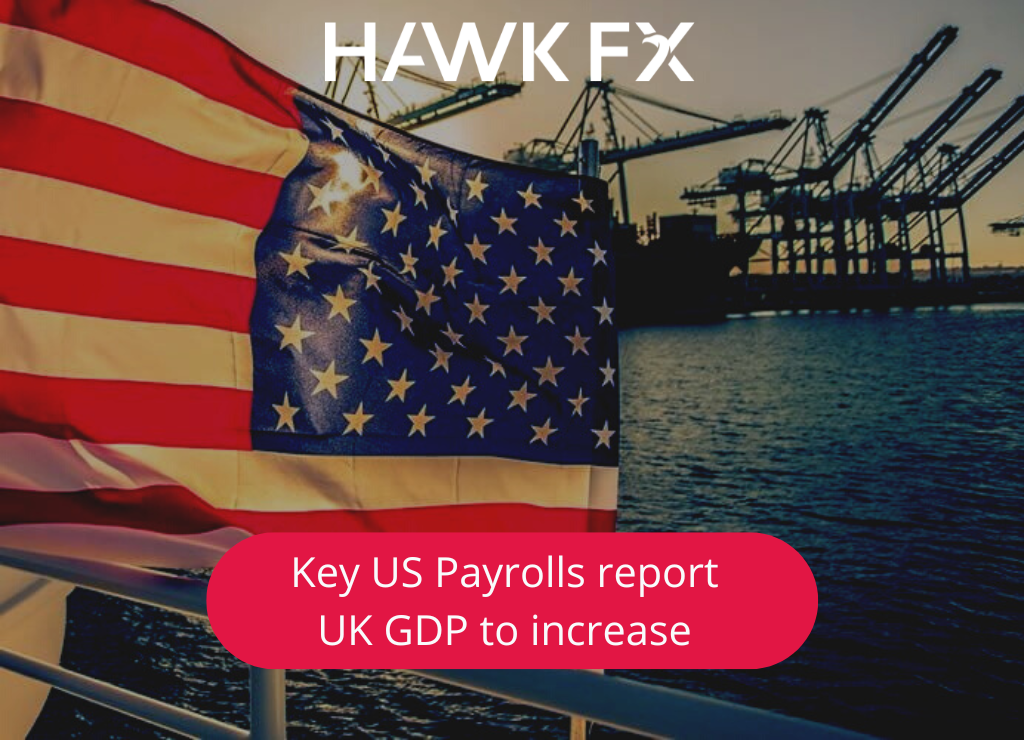
The main data we will be watching is an expected rebound in January GDP. In December, UK GDP recorded a 0.5% drop, with expectations of a 0.3% increase for January, mainly led by positive services, with less strike activity. Construction output is likely to be higher, though manufacturing may have fallen. Even if we see a rise, the activity over the last three months will be flat. We will also see the construction PMI indicator and the British Retail Consortium’s measure of February retail sales.
Markets will be looking for clues on the interest rates outlook from Bank of England policymakers. The wide expectation is that rates will rise by 0.25% in March. BoE Governor Bailey said, however, that “nothing is decided” on whether another near-term interest rate is required. We will also be watching for further signs of what the Budget may contain next week. The Energy Price Guarantee looks likely to remain at the £2,500 level rather than increasing to £3,000.
Last week, we saw stronger data out of China, suggesting that economic activity could be stronger than expected in 2023. If this continues, stronger Chinese growth could boost global activity, but it could also add to inflationary pressures. If it is a sign that supply restrictions are receding, this could diminish the impact on inflation from stronger demand. The growth target for the year is around 5%, which remains very low by China’s historical levels.
GBPEUR – 1.1300
GBPUSD – 1.2028
Last week, Eurozone inflation fell by less than expected in February, with core inflation moving to a new high. Eurozone government yields rose sharply as this higher inflation reading suggests that inflation could stay higher for longer. With the ECB, BoE, and US Fed expected to continue hiking rates, there are a number of other central bank updates next week. They are likely to illustrate that central banks are at different stages of their policy cycle. The Reserve Bank of Australia is expected to raise interest rates but may be close to a peak. The Bank of Canada has suggested that it is already at a peak and markets expect the rate to remain unchanged. The Bank of Japan is again expected to leave policy rates on hold. The big question is whether the policy will change once the new governor comes in.
EURUSD – 1.0644
EURGBP – 0.8850
The main focus for this week will be the US labour market report. The January report from unexpectedly strong, which moved interest rate expectations and the dollar higher. Some expect that the move in January may be reversed to some extent in February, though most forecasts are for a rise in February of around 200,000. The unemployment rate is likely to remain at 3.4%. Given the size of the move in January and the uncertainty around this figure, we could see a volatile end to the week.
The Fed will also be closely watching the wage data which has shown signs of decelerating. If we see this wage pressure fall further, the Federal Reserve may take a more relaxed view of inflationary pressures even if the labour market remains tight. Before that, Fed Chair Powell will give his semi-annual report on monetary policy to Congress. He is likely to follow recent statements, in saying that there has been progress in lowering inflation, though risks remain high. Markets will be sensitive to any comments he makes about the future path of rates.
GBPUSD – 1.2028
EURUSD – 1.0644
Do get in touch if you would like to discuss this further.
*Interbank rates correct at 7 am on the date of publishing.